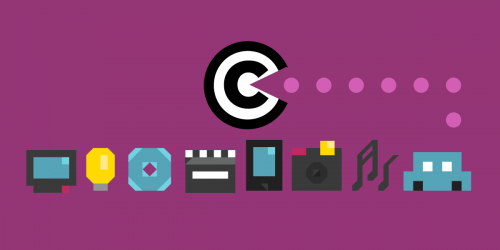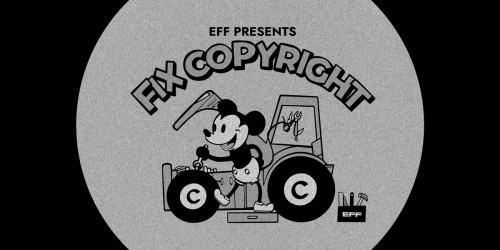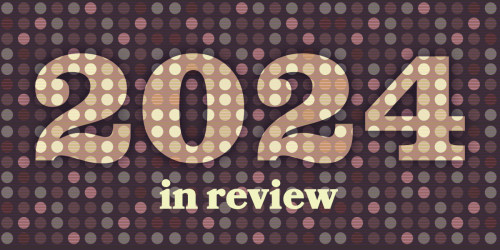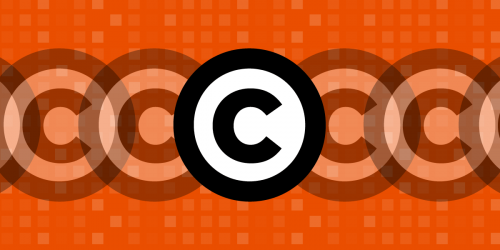Yesterday, the U.S. Court of Appeals for the Ninth Circuit issued a significant decision rejecting an absurd copyright claim in yoga poses. The decision is pretty entertaining, but its implications are important for technologists as well as yogis.
That’s because the opinion offers a close analysis of one of the crucial limits of copyright: Section 102(b) of the Copyright Act, which forbids protection of ideas, processes, systems, methods of operation, and similar concepts. Relying on Section 102(b), the court concluded that a “Sequence” of 26 yoga poses and two breathing exercises, performed in a particular order, was not subject to copyright protection. Bikram Choudhury had sued a competitor who also used the same Sequence. Simply put, Choudhury was claiming copyright in an idea or process for improving one’s health by practicing certain yoga poses in a specific order.
Writing for the court, Judge Wardlaw first observed that the purpose of copyright is to “promote the Progress of Science and useful Arts,” so that “copyright assures authors the right to their original expression, but encourages others to build freely upon the ideas and information conveyed by a work.” Copyright thus recognizes a “vital distinction” between ideas and expression, so “the copyright for a work describing how to perform a process does not extend to the process itself.”
In this case, Choudhury himself described his Sequence as a “system” or “method” to use yoga to optimize the body’s health and function. The “system” used 26 yoga poses in a particular arrangement as a healing art. Given that, Judge Wardlaw had little difficulty concluding that the idea/expression dichotomy, codified in Section 102(b), precluded copyright protection of the sequence.
Significantly, the Ninth Circuit stated that it made “no difference that similar results could be achieved through a different organization of yoga poses and breathing exercises.” Choudhury argued that he could have chosen hundreds of different yoga postures, with “countless” arrangements of those postures. Judge Wardlaw rejected that argument, holding that “the possibility of attaining a particular end through multiple different methods does not render the uncopyrightable a proper subject of copyright.”
That analysis matters for software, because it suggests that a recent computer copyright opinion by the U.S. Court of Appeals for the Federal Circuit, Oracle v. Google, completely misread the Copyright Act. In that case, Oracle accused Google of infringing 37 “packages” of the Java programming language. The packages included specifications for part of the Java Application Programming Interface (API). APIs enable computer programs to communicate with each other, or allow a program to communicate with a human being.
The Federal Circuit used different reasoning to achieve the opposite result from yesterday’s Ninth Circuit opinion. Specifically, the Federal Circuit held that because Oracle had “unlimited options” and “alternative expressions” of how to write its Java packages, Oracle’s particular choice was copyrightable expression—the exact opposite of what the Ninth Circuit held.
Appeals courts disagree with each other all the time. But in this case, that disagreement shouldn’t exist. The Oracle v. Google appeal went to the Federal Circuit because of a procedural quirk—that court hears patent appeals, and Oracle had sued on a patent claim in the district court. But where the appeal is over non-patent issues, the Federal Circuit is supposed to apply Ninth Circuit copyright law, since the case started out in a Ninth Circuit district court.
Yesterday’s opinion makes clear, as we’ve argued before, that Oracle’s claim would have failed under Ninth Circuit law. Perhaps the only meaningful difference between Choudhury’s 26 yoga poses and Oracle’s 37 Java packages is that the latter involved a functional computer program. But that difference even more strongly shows that the Federal Circuit got it wrong. There are dangerous implications of treating computer APIs as copyrightable, including negative impacts on interoperability and innovation.
The Federal Circuit’s decision has been harshly criticized for its misunderstanding of both computer science and copyright law. Now that the Ninth Circuit has explained (again) how Section 102(b) works, future courts will hopefully ignore the Federal Circuit’s bad decision.









